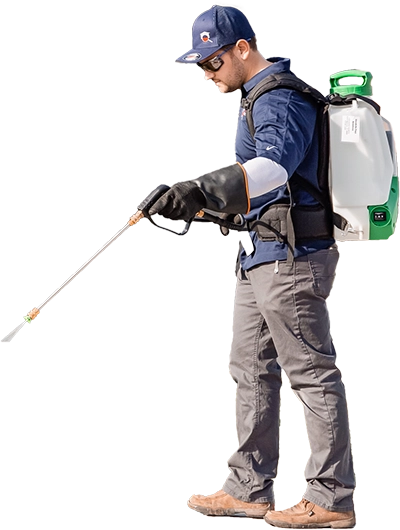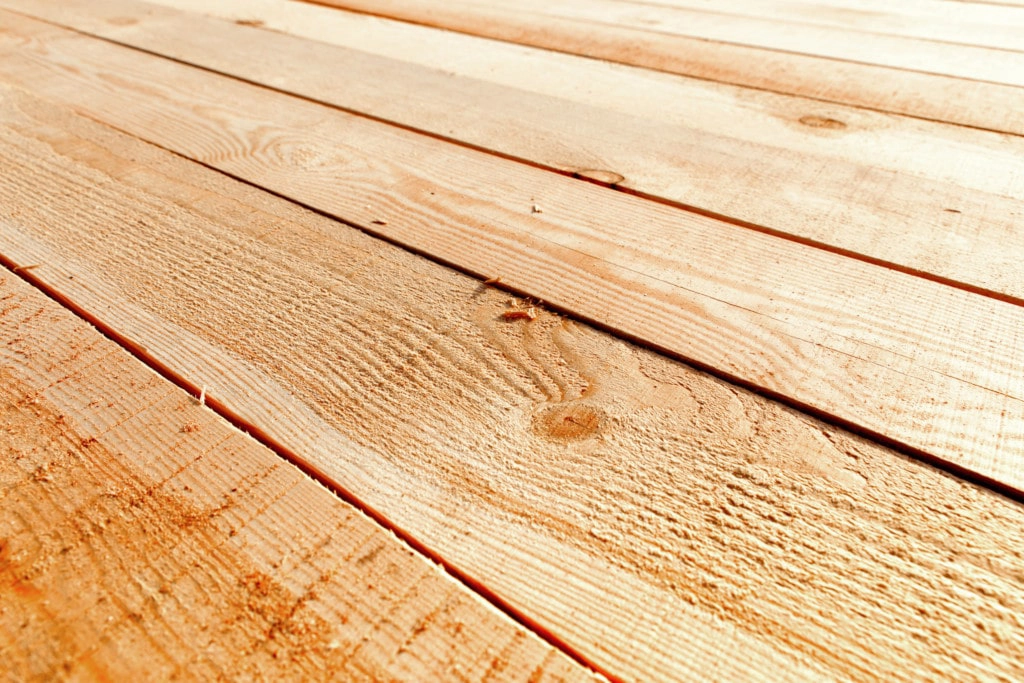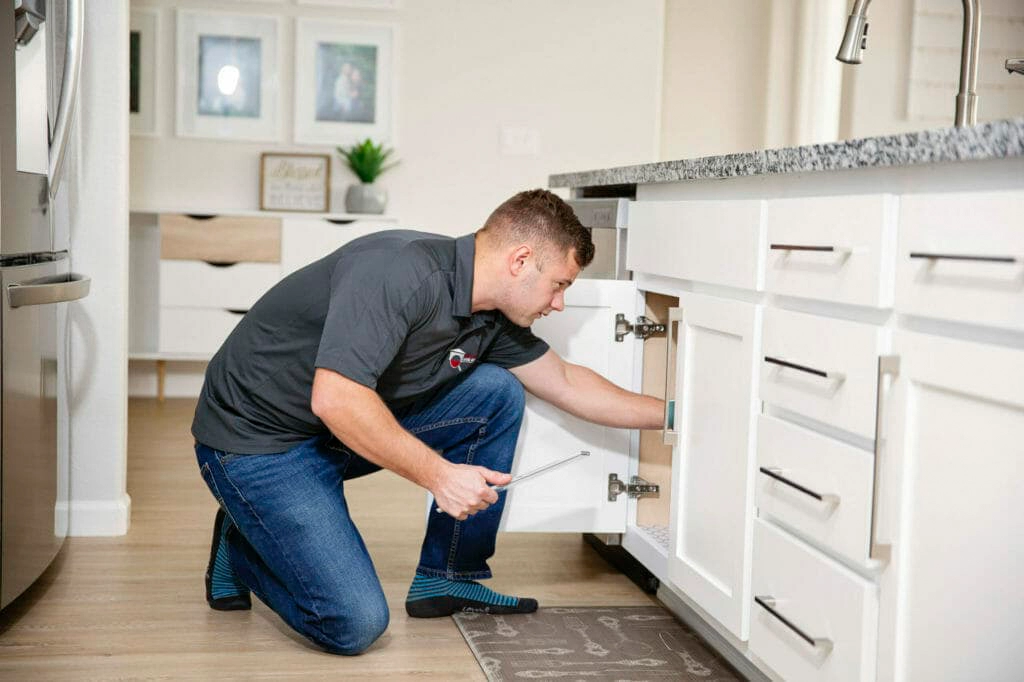Lead-based paint was common in many homes and buildings until 1978, when the federal government banned its use due to the threat it posed to humans and the environment. Lead is a highly toxic chemical element that is known to cause a variety of serious health problems, ranging from nervous system damage to kidney failure. Though it was banned more than four decades ago, lead-based paint is still an issue, as it is present in older buildings. Just recently, major paint manufacturers agreed to a $305 million settlement to rectify lead-based paint in many California homes.
If your home was built prior to 1978, there is a chance that lead-based paint is on your walls or other painted surfaces. Read on to learn why lead-based paint is dangerous, how to detect it, and what to do to repair surfaces painted with it.
Lead-based paint has been around for centuries. Though it has always been known to be dangerous, it was widely used throughout the United States until 1978.
Lead-based paint has been around for centuries, going all the way back to Ancient Greece. But lead’s toxicity has also long been recognized. Medieval texts warned that the manufacture of white lead, a lead-based compound common in paint until the last few decades, caused “apoplexy [cerebral stroke], epilepsy, and paralysis.”
The consequences of lead-based paint were well established by the 20th Century. A recent lawsuit against paint manufacturer Sherwin-Williams unearthed an internal memorandum from 1900 describing white lead as a “deadly cumulative poison.” Countries across the globe moved to ban the paint as early as 1921, when the now defunct League of Nations began efforts to limit usage.
What makes lead-based paint so dangerous?
Lead is a potent neurotoxin with no known safe exposure level. Even tiny amounts can cause brain damage. The World Health Organization and other leading health authorities have acknowledged the impacts of lead at very low exposure levels. U.S. researchers have concluded that there is no known threshold below which negative health effects do not occur. In 2012, the Centers for Disease Control and Prevention outlined how they intend to reduce all lead exposure.
However, lead is still used in manufacturing throughout the United States and Europe. For instance, lead batteries for use in telecommunications, solar, and electric vehicles are still manufactured by the millions. While the U.S. has done well at eliminating lead-based paint, lead-based paint is still manufactured and sold throughout South America, Africa, Asia, and Eastern Europe.
How is lead ingested?
Lead-based paint releases particulates into the air, which are circulated through vents and breathed in. Children, specifically, can also ingest lead-based paint if they eat paint chips or chew on toys that are painted with lead-based paint. (Lead-based paint on toys was banned in the U.S. in 1978, so only toys made prior to 1978 could have this issue). Lead-based paint on exterior walls can also flake into the soil, get tracked inside on your shoes, and potentially circulate through air vents.
If you are unsure whether or not the paint in your home contains lead, purchase a lead testing kit to find out.
If your home was built before 1978, then it is wise to check for lead-based paint, both on interior and exterior walls. The Environmental Protection Agency (EPA) has designated a number of at-home lead testing kits as accurate and safe to use. You can purchase the kits online or at your local hardware store.
Approved testing kits are easy to use and return results in just seconds. Be sure to read the directions provided with the kit carefully in order to accurately determine if you have lead-based paint on the walls of your home.
But even if you do not find evidence of lead paint, you should contact a State-Certified lead professional if your home was built before 1978 and:
- Your house has peeling, cracking or chipping paint
- You plan to repaint, remodel or renovate the house or disturb lead contaminated-soil
- Young children live or play there
- A pregnant woman lives there
A professional lead inspector will look for potential lead hazards in your home, and repair any affected surfaces.
While there are no regulations prohibiting homeowners from taking a DIY approach to remediating lead-based paint, it’s advised that you employ a contractor certified in lead remediation. Improper removal could cause injury to you and your family, and expose you to legal liability if you sell or lease your home.
According to the EPA, there are four options to repair walls and other surfaces painted with lead-based paint. Each option requires professional skill, special tools, and personal protective equipment. Be sure to discuss the best option for your home with a professional prior to any work being completed.
Enclosure: This method covers the old surface with a new one. This includes putting up new drywall, or covering window sills with aluminium or vinyl cladding. If this is the option you choose, and future remodels take place, you’ll have to deal with the exposed lead surfaces underneath.
Encapsulation: This is the least complicated and most affordable option. Encapsulation involves brushing or rolling on a special paint-like coating over the original lead-based paint. This coating creates a watertight bond and seals in the lead-based paint. However, this coating may wear off over time, and the process may have to be repeated periodically.
Replacement: This is a more comprehensive approach, whereby offending structures are completely removed and replaced with new walls, doors, and other surfaces.
Removal: A variety of sanding and scraping approaches are used to remove lead-based paint from walls and other surfaces, such as wire brushing and wet sanding using a liquid paint remover. Wet sanding requires the use of electric sanders equipped with high-efficiency particulate air (HEPA) filters that remove the lead dust particles. Another option is using a heat gun and hand scraping the paint.
Lead-based paint can cause serious health issues. Unfortunately, if your home was built prior to 1978, there is no guarantee that painted surfaces are free of lead-based paint. You can determine if lead paint is present using a lead testing kit. Contact a certified lead professional immediately if you do detect lead, so you can repair all surfaces and eliminate the risk of lead poisoning.
North American Home Services is the leading home inspection company in the Sacramento region. Contact us today to schedule a home inspection or home repair!




